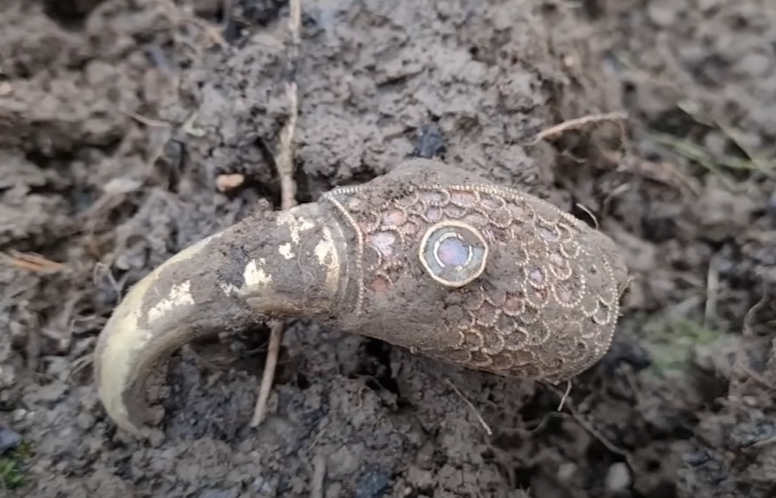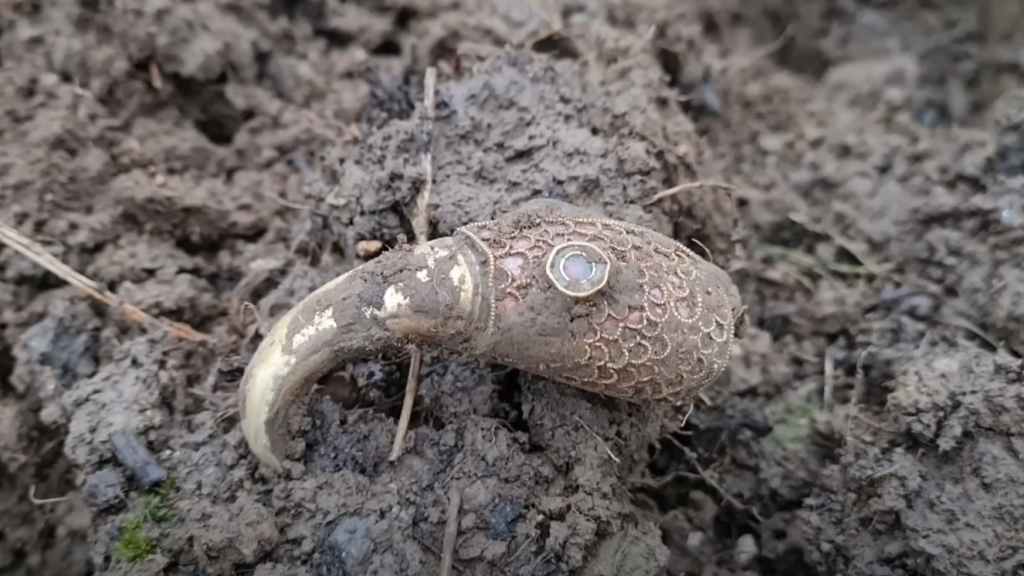While sweeping the English countryside with metal detectors, two hobbyists uncovered a spectacular 7th-century gold find.
Others are reading now
Metal detecting is enjoying a renaissance in England — and with discoveries like this, it’s easy to see why.
Two amateur enthusiasts, Paul Gould and Chris Phillips, recently made what they describe as the “find of a lifetime” when they unearthed a glittering gold treasure possibly linked to ancient Norse mythology.
The discovery took place on January 8, 2025, in southwest England, during a day-long search with their local group, the Ninth Region Metal Detecting Group.
Toward the end of the day, Gould, new to the hobby, got a signal that led him to what he initially thought was an Anglo-Saxon ring.
Also read
But it turned out to be a gold bracelet, intricately crafted and adorned with triangular garnets and delicate gold granules.
Then came a second, even more remarkable find.
A Raven Head with Mythic Echoes
Moments later, Phillips unearthed an intricate gold raven head, decorated with a garnet “eye” and feathers fashioned from minute gold balls.
The piece is believed to be Anglo-Saxon, dating back to the 7th century AD.
Captured on video and later posted to Phillips’ YouTube channel, the emotional moment shows him holding the artifact and saying, “It’s incredible – I’m a little moved.”
Historians and archaeologists are intrigued by the symbolism of the raven, a creature long associated with death, war, and wisdom in ancient European lore.
In Norse mythology, ravens are strongly linked to the god Odin, who was often depicted with his two raven companions, Huginn and Muninn.

Possibly From a Drinking Horn
After being handed over to authorities and cleaned, the raven head revealed small side pins, which Phillips believes may have attached it to a drinking horn — similar to decorative fittings found in the famed Sutton Hoo ship burial, one of the most important Anglo-Saxon archaeological finds in British history.
Though the artifact’s exact origin and use remain uncertain, its stylistic connection to Sutton Hoo raises the possibility that the item once belonged to a person of high status or nobility.


